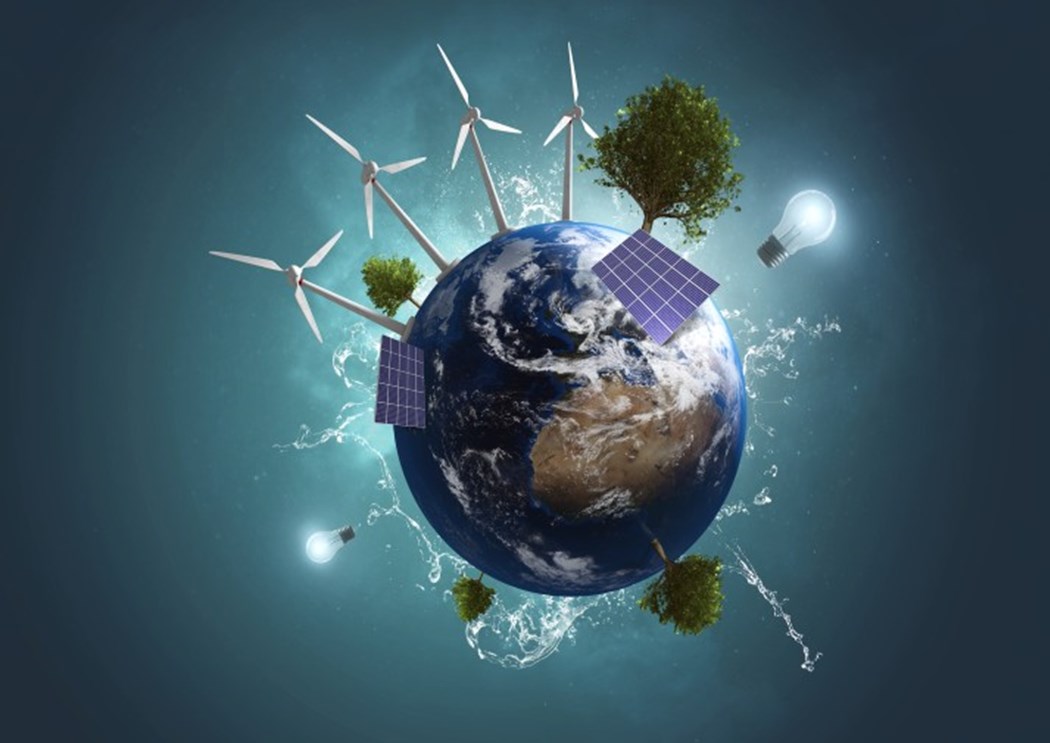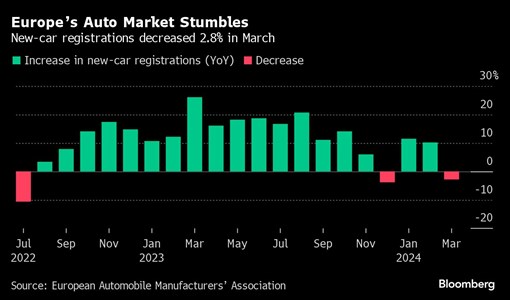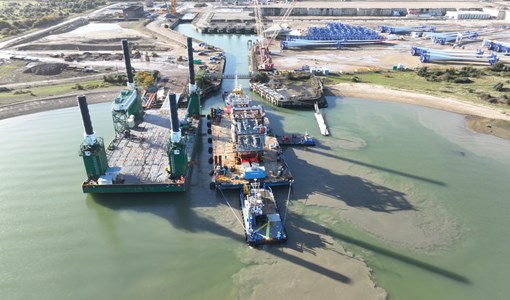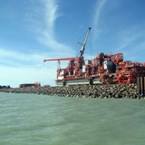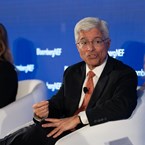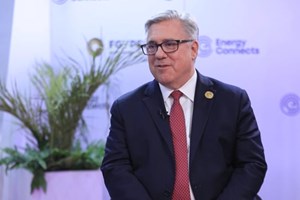The global energy system is restructuring, says BP
As the world moves towards lower carbon, the global energy system fundamentally restructures, becoming more diverse, driven by customer needs, with increased competition between fuels, BP says.
The 2020 edition of the BPEnergy Outlook explores possible paths for the global energy transition, how global energy markets may evolve over the next thirty years and the key uncertainties that may shape them. Looking out to 2050 – a decade further than in previous editions – the Outlook is focused around three main scenarios.
In the main scenarios it considers, global energy demand continues to grow for at least part of the period to 2050. However, over this time, the structure of energy demand fundamentally shifts, with a declining role for fossil fuels offset by an increasing share for renewable energy and a growing role for electricity.
BP’s chief economist, Spencer Dale, will present the Outlook today at the start of this week’s series of capital markets presentations in which CEO Bernard Looney and BP’s leadership team will provide greater detail on the new strategy that BPintroduced last month.
Bernard Looney commented: “The BP Energy Outlook is invaluable in helping us better understand the changing energy landscape and it was instrumental in helping us develop our new strategy. This year the Outlook reaches out a decade further than before, to 2050 – the year by which we intend to deliver our net zero ambition.
“Even as the pandemic has dramatically reduced global carbon emissions, the world remains on an unsustainable path. However, the analysis in the Outlook shows that, with decisive policy measures and more low carbon choices from both companies and consumers, the energy transition still can be delivered.
“It is one of the reasons I remain optimistic about the future and I hope readers will find the report helpful as we all try to make a difference.”
Three scenarios
The 2020 Outlook explores the energy transition to 2050 using three main scenarios. These are not predictions but, based on alternative assumptions about policies and societal preferences, are designed to help explore the range of outcomes possible over the next 30 years.
Rapid assumes the introduction of policy measures, led by a significant increase in carbon prices, that result in carbon emissions from energy use falling by around 70 per cent by 2050 from 2018 levels. Rapid is broadly in line with scenarios that are consistent with limiting the rise in global temperatures by 2100 to well below 2°C above pre-industrial levels.
Net Zero assumes the policy measures of Rapid are reinforced by significant shifts in societal and consumer behaviour and preferences – such as greater adoption of circular and sharing economies and switching to low carbon energy sources. This increases the reduction in carbon emissions by 2050 to over 95 per cent. Net Zero is broadly in line with a range of scenarios consistent with limiting temperature rises to 1.5°C.
Business-as-usual (BAU) assumes that government policies, technologies and societal preferences continue to evolve in a manner and speed seen in the recent past. In BAU, carbon emissions from energy use peak in the mid-2020s but do not decline significantly, with emissions in 2050 less than 10% below 2018 levels.
Both the Rapid and Net Zero scenarios assume a significant increase in carbon prices, reaching $250/tonne of CO2 in the developed world by 2050 and $175/tonne in emerging economies. This is much lower in the BAU scenario, with carbon prices reaching only $65 and $35/tonne CO2 by 2050 on average in developed and emerging economies respectively.
Spencer Dale said: “The role of the Energy Outlook is not to predict or forecast how the energy system is likely to change over time. We can’t predict the future; all the scenarios discussed in this year’s Outlook will be wrong. Rather, the Outlook uses these different scenarios to help better understand the range of uncertainty we face as the energy system transitions to a lower carbon world. Improving our understanding of this uncertainty is an important input into designing a strategy that is robust and resilient to the range of outcomes we may face.”
KEEPING THE ENERGY INDUSTRY CONNECTED
Subscribe to our newsletter and get the best of Energy Connects directly to your inbox each week.
By subscribing, you agree to the processing of your personal data by dmg events as described in the Privacy Policy.
More oil news

What’s Next for Crude Oil? Analysts Weigh In After Iran’s Attack
Apr 15, 2024
Oil Traders Weigh Risks of Iran-Israel Conflict in Tight Market
Apr 14, 2024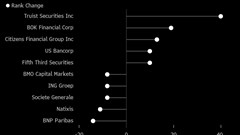
US Regional Banks Dramatically Step Up Loans to Oil and Gas
Apr 14, 2024
Oil Rises to October High as Israel Prepares for Iranian Attack
Apr 12, 2024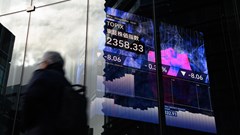
Gold Hits New Record, Oil Rises on Mideast Tension: Markets Wrap
Apr 12, 2024
Oil Swings Near $90 With Risk of Iran Strike on Israel in Focus
Apr 11, 2024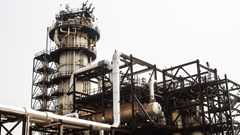
Oil Holds Two-Day Loss as Report Points to Rising US Inventories
Apr 10, 2024
Commodity Traders Rake in Billions in Second Blockbuster Year
Apr 08, 2024
Oil Rally Takes Breather With Israel to Pull Some Gaza Troops
Apr 08, 2024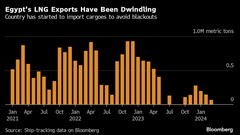
Egypt’s Gas Shortage Brings New Risks After Massive Bailout
Apr 08, 2024
Energy Workforce helps bridge the gender gap in the industry
Mar 08, 2024
EGYPES Climatech champion on a mission to combat climate change
Mar 04, 2024
Fertiglobe’s sustainability journey
Feb 29, 2024
Neway sees strong growth in Africa
Feb 27, 2024
P&O Maritime Logistics pushing for greater decarbonisation
Feb 27, 2024
Oil India charts the course to ambitious energy growth
Jan 25, 2024
Maritime sector is stepping up to the challenges of decarbonisation
Jan 08, 2024
COP28: turning transition challenges into clean energy opportunities
Dec 08, 2023
Why 2030 is a pivotal year in the race to net zero
Oct 26, 2023
Low carbon hydrogen holds the key to achieving net zero
Sep 29, 2023Partner content

Ebara Elliott Energy offers a range of products for a sustainable energy economy

Essar outlines how its CBM contribution is bolstering for India’s energy landscape

Positioning petrochemicals market in the emerging circular economy

Navigating markets and creating significant regional opportunities with Spectrum


